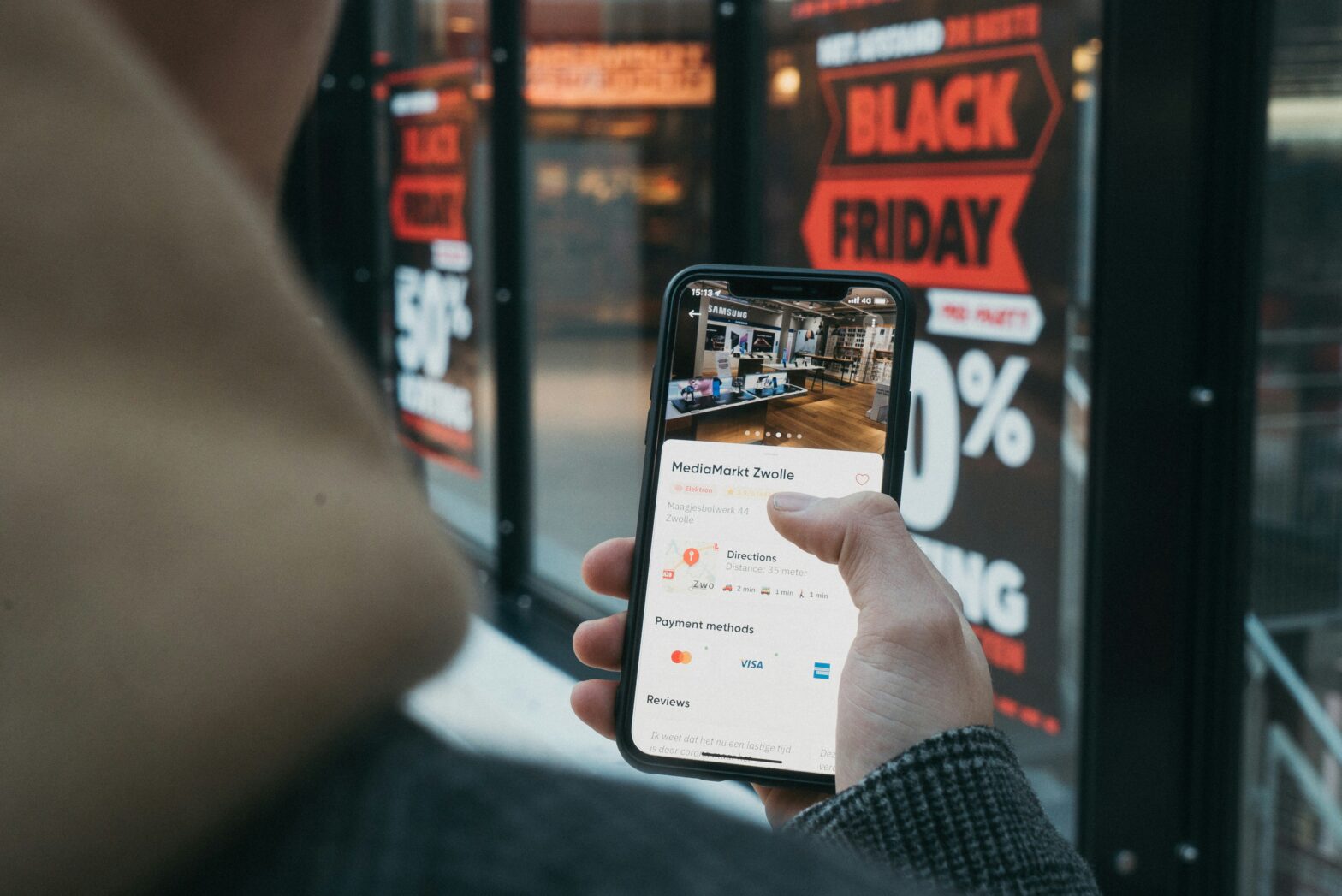The first half of 2023 is over. Based on the Department of Commerce data, the e-commerce world has not been kind to merchants who aren’t prioritizing optimizing the customer experience. E-commerce is becoming increasingly competitive, margins are tight, and supply chains still have their hiccups with global political uncertainty, even in year two of the post-pandemic era. So with this in mind, it’s time to look into the crystal ball to see what priorities e-commerce merchants will be executing against between July and December of this year. Here’s what we recommend looking for:
Customer Journey Optimization: Getting the Most out of Existing Repeat Customers
Our merchant partners are focusing on customer journey management like never before. In both B2C and B2B it’s now more important than ever before to make sure that the basic blocking and tackling of this customer journey management concept is taken care of and extra efforts are made to make sure conversions, post-purchase messaging, and incentives to re-purchase are nailed down. There has been a lot of talk about shrinking margins since the pandemic ended partly due to inflation and supply chain costs. But a large part of these shrinking margins is customer behavior changing. Especially now, customers need reassurance that the purchases they are considering reflect the right decisions about price, utility, and service. This means constant, personalized messaging along the entire journey path from the initial abandoned cart right through to the “register your new purchase” message after the sale is closed. No doubt about it – merchants are investing in products like Adobe Real Time CDP, Bloomreach, Klaviyo, and DotDigital, to orchestrate and manage the customer experience so that it is highly personalized and relevant. A lot of the functionality in this realm is increasingly driven by AI and will only continue to grow in the coming years.
Your action step? Establish a goal to integrate a product that allows you to segment and personalize your communications and experiences by the end of this year (like one of the products listed above).
Preparing for Holiday 2023: Earlier Than Ever
Merchants are preparing for another heavily extended Holiday shopping season – scheduling campaigns, offers, and incentives to be running as soon as October. More and more we are seeing our B2B merchants jump on the holiday inventive bandwagon because they want to give their buyers personalized, engaging shopping experiences that match the most progressive e-commerce brands in the B2C world. What does the holiday readiness checklist look like this year and when does it need to be complete?
- Performance slowdowns and hiccups eliminated
- Handicapped accessibility issues addressed so they do not become a distraction
- Weekly, scheduled campaigns and offers are set up, tested and ready to go by November 1
- Messaging systems are configured for the most personalized communications that are reasonably possible in time for the holidays
- Consider checkout-boosting features like Buy with Prime (Amazon’s recent purchasing module that allows e-commerce merchants to integrate a buy with prime checkout experience)
Less Facebook and Amazon and More Advertising Experimentation
We’re seeing and reading about e-commerce merchants breaking out of the “traditional” Facebook / Instagram advertising box and trying new specialized placements and channels. Consumer product and packaged goods companies are drifting to platforms with proven targeting tools and compelling content – YouTube and TikTok are, of course, garnering a huge growth now that they are literally “shoppable” and the leading venues for video content. But merchants are now exploiting channels that allow them to experiment with different formulas of target market composition like LinkedIn. Checkout this recent E-Commerce Fuel podcast as an expert LinkedIn Advertiser explains how merchants are “going viral” with LinkedIn ads – and surprisingly, they’re not all B2B or staffing firms! Bing and MS ads are also increasingly gaining popularity, providing advertisers with incremental value.
Bottom line, this year you need to push your media planner to experiment to get the best rates, targeting, and traffic. The sooner you will be able to take advantage of stable to slightly lower rates for most of the popular sites this year, the better!
B2B Investment – Even for Direct B2C Merchants
It’s getting easier and easier to add B2B functionality. Multistore. Company-as-customer functionality. Custom pricing. Punch out. The concept of “unified commerce” where B2C and B2B co-exist on the same platform is older but a number of merchants are finally catching up and implementing it. The use cases are, per Adobe:
- A company with a direct-to-consumer site that wants to efficiently sell to their business customers or channel partners online.
- A company that has a site to service business customers or channel partners, but now wants to test out direct to consumer selling.
- A company with multiple lines of business that sell to both businesses and consumers.
Adobe Commerce / Magento has been a leader in “unified commerce” adoption but now it’s possible with a SaaS platform in BigCommerce as well! (We are certified Solution partners in each technology)
The e-commerce world has felt like it has stagnated in the post-pandemic world but it still has a very long trajectory to run up and grow; only 15% of total Q1 sales in 2023 were e-commerce (Dept of Commerce). E-commerce is adopting omnichannel customer habits and there remains a lot of technology that merchants can exploit to fit their experiences with evolving consumer behaviors. Contact us if you’d like to learn more!


